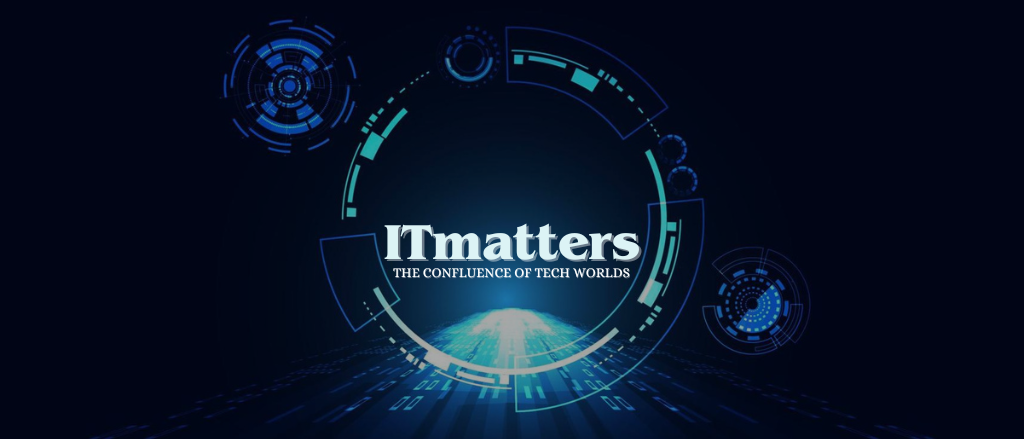
Copilot Studio Takes a Big Step Forward
Microsoft has introduced a new feature in Copilot Studio called “computer use”, and it’s a game-changer. This feature lets AI agents use desktop and browser apps like a human. That means clicking buttons, typing in fields, or selecting menus — all without needing an API.
Until now, many business apps weren’t compatible with automation tools. But with this update, even those limitations start to fade. If a person can do it on a screen, the AI agent can likely do it too.
AI That Sees and Acts Like You Do
The standout element here is how Copilot Studio mimics human behavior. The agent watches what’s on the screen, understands the layout, and decides what to do next — just like a person.
It adapts to changes in the user interface in real time. So, if a button moves or changes color, the agent doesn’t break. Instead, it re-evaluates and continues working.
Microsoft says this feature reduces downtime and boosts automation reliability. That’s big for businesses that rely on manual processes due to system constraints.
Real Use Cases That Matter
This isn’t just theoretical. Microsoft shared some practical examples of how “computer use” can make a real difference.
For instance, a data entry job that takes hours can now be done in minutes. Agents can pull information from multiple sources and input it into internal systems — no manual copying needed.
In marketing, teams can use it to collect competitive data online. Instead of visiting sites manually, agents can browse, collect, and analyze the info.
In finance, agents can read invoices and enter the data into accounting systems, cutting down on human errors.
Automation Without Coding? Almost.
Copilot Studio is trying to make automation easier for non-developers. You don’t need to know how to code. Just describe what you want in natural language, and the agent gets to work.
You also get side-by-side visuals showing what the agent sees and how it reasons through the task. This helps refine the process and gives confidence to users who want more control.
Rethinking RPA with Smarter Agents
Traditional robotic process automation (RPA) often struggles when app layouts change. It breaks, and someone has to fix it. That’s not ideal.
With Copilot Studio, the hope is to create more resilient automation. Its built-in reasoning tries to solve issues on the go. This means less support work and fewer interruptions.
It’s also worth noting that all this runs on Microsoft’s own servers. That takes a lot of pressure off IT teams managing infrastructure. And enterprise data stays within Microsoft’s cloud — not used to train models, according to Microsoft.
Where It Can Improve?
While the “computer use” feature sounds powerful, there are things to keep in mind. First, it’s still in early access. Real-world testing may reveal bugs or blind spots.
Also, natural language inputs can sometimes misinterpret user intent. As with any AI, edge cases can create confusion.
Another factor is trust. Organizations may hesitate to let an AI agent freely navigate sensitive applications. Even with Microsoft’s guardrails, concerns about security and compliance remain.
Final Thoughts: A Bold Move with Caution Ahead
Copilot Studio’s new direction could truly transform how businesses handle routine tasks. By bridging the gap between systems with no APIs and human-like screen interaction, Microsoft opens up new automation possibilities.
But as with all major tech upgrades, the rollout will need careful testing and feedback. For now, it’s a promising step — one that could reshape how businesses think about AI and work.
